Hamstring Muscle Tightness
Why Hamstring Muscle Become Tight most often?
Hamstring Muscle tightness is the most common and silent symptom of Men as compared to female and mostly non-symptomatic, It will limit mainly to long sitting positions and Back Bending, seen mainly in Office workers and People are living with a sedentary lifestyle or it also common who are doing over exercise or after injury around the thigh.
Hamstring Muscles are a large group of four muscles Biceps Femoris Short Head and Long Head, Semimembranosus, and Semitendinosus.
Hamstring Muscle Stretching Exercise and an Active lifestyle are the permanent solutions and in most cases, medical treatment is not required.
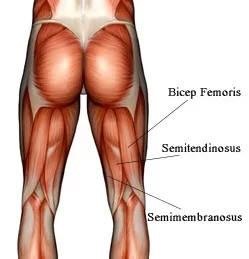
Introduction of the Hamstring Muscle:
The Hamstring is a group of four muscles that run up the back of your thigh. Sports that involve a lot of sprinting or stop-and-start movement, like soccer and tennis, may cause tightness in your hamstrings. So can activities like dancing and running.
Keeping these muscles loose is important. Tight hamstrings may be more prone to strain or tearing.
There’s also a difference between tightness and injury.
There are a number of exercises and stretches that you can do to help keep your hamstrings loose.
It’s a good idea to warm up your muscles before stretching.
Try taking a walk or doing some other activity so your muscles are warm.
Hamstring group of muscles that runs down to the back of the leg.
- Biceps femoris
- Semitendinosus
- Semimembranosus
They support bodily movements, including walking, running, and jumping.
Tight hamstrings can affect all of these movements and limit mobility.
Never stretch while you’re in pain or try to force a stretch. Breathe normally while doing stretching exercises.
Try to incorporate hamstring stretches into your routine at least two or three days each week
Stretches to loosen tight hamstrings. Stretches are one of the easiest ways to relieve tight hamstrings.
They can be done almost anywhere and require little or no equipment
Clinical features in Hamstring Muscle Tightness :
The Hamstrings are a group of muscles that run down the back of the leg and the tightness of the hamstring muscle leads to the following kinds of symptoms.
- cramping
- pain
- swelling
- bruising
- tenderness
- redness
Why do Hamstrings get tight?
Causes / Risk Factors :
A common cause of tight hamstrings is over-exercise or another form of intense activity. A sedentary lifestyle is also a most common cause of Tight Hamstring Muscles.
Over Exercises that put substantial strain on the hamstrings can lead to tightness.
For example, performing hamstring curl exercises or playing sports such as soccer will target the hamstring muscles.
There are various proposed risk factors that may play a role in hamstring muscle injuries :
- Older age
- Previous hamstring injury or strain
- Limited hamstring flexibility
- Increased fatigue
- Poor core stability
- lack of Strength & imbalance
- Ethnicity
- Previous calf injury
- Previous substantial knee injury
- Osteitis pubis
- Tightness of the hip flexors
How do you know if you have tight Hamstrings?
The chances are that you already know if your hamstrings are tight because you can feel it when you move your leg in certain ways.
You might even have pain after prolonged sitting or standing activity.
You may even be experiencing back knee pain as a consequence of your tight hamstrings.
But it doesn’t always happen that way; Many people have tight hamstrings without even knowing.
One very simple test is to try to touch your toes while keeping your knees straight.
If you can’t do this (and your hamstrings feel like they’re burning as you try to do it)
then they’re probably too tight.
WHY DO I HAVE TIGHT HAMSTRINGS?
Here are a few reasons why a muscle becomes tight:
- Too much sitting – When your knees are bent in a seated position, your hamstrings are flexed and shortened.Change positions every 10 -15 minutes if your sitting or standing.Problems in your lower back can put pressure on your sciatic nerve which runs down the legs and causes muscles to tighten.
- Overuse – eg from lots of physical activity like running and cycling or from prolonged sitting or prolonged standing leads to over use of the muscle.
- Compensation – the muscle is compensating for a weak muscle that has a similar action eg. weak Glutes can lead to tight Hamstrings, or for a tight muscle that has an opposing action eg tight hip flexors can lead to tight Hamstrings
- Weakness –when a muscle is weak the nervous system may tighten it in an attempt to create stability
- Injury – when a muscle is injured it may tighten in order to prevent further injury.
- Pelvic problems –
- Your pelvis alignment affects everything from your spine to your hips, your legs to your feet.
- If there’s any uneven pelvic pull that disrupts the way your body should stand naturally,
- it could very well result in painfully tight hamstrings.
- Tight hip flexors can create an anterior pelvic tilt (a forward, downturned pelvis), resulting in tight hamstrings.
- In other words, a pelvic tilt can cause tightness, but tightness can also cause a pelvic
- Repetitive movement, poor posture, and constantly sitting in a sedentary lifestyle force hip flexors into a constantly-shortened position, creating one of many tight hamstring causes.
PHYSIOTHERAPY TREATMENT FOR HAMSTRING MUSCLE TIGHTNESS :
Hamstring Muscle Stretching exercises in various positions are the most proffered exercise and within a few days there are seeing good results.
Benefits of hamstring stretching.
Hamstring stretches can keep the hamstrings loose and flexible. Flexible hamstrings have many benefits, such as:
Preventing lower back pain.
Tight hamstrings reduce the mobility of the pelvis, which can put pressure on the lower back. Strengthening and stretching the hamstrings can prevent them from becoming too tight and provide extra support for the back and pelvis.
Reducing injuries.
Keeping the hamstrings loose will lower the chance of straining or tearing the muscle fibers during strenuous physical activities, such as running.
Increasing flexibility.
Hamstring stretches can increase flexibility and improve the range of motion in the hip. Both of these benefits will help people perform daily tasks, such as walking up stairs and bending over, with ease.
Improving posture of your body.
When the hamstrings are too tight, the muscles rotate the pelvis backward.
This can flatten the natural arch in the back, which can cause poor seated and standing.
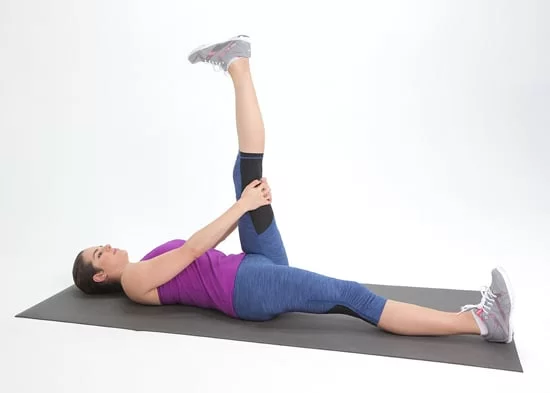
Stretching exercise Hamstring Muscle Tightness :
LIE DOWN HAMSTRING STRETCH 1 :
- Lie down on the ground with your back flat and your feet on the ground, knees bent.
- Slowly bring your right knee to your chest.
- Extend the leg while keeping the knee slightly bent.
- You may use a yoga strap or rope to deepen your stretch but don’t tug on it too hard.
- Hold for 10 seconds and work up to 30 seconds.
- Repeat with your other leg.
- Then repeat this stretch with each leg two to three times in total.
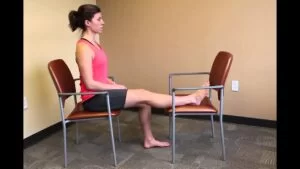
SEATED HAMSTRING STRETCH 2 :
- Grab two chairs and place them facing one another.
- Sit in one chair with your right leg extended onto the other chair.
- Lean forward until you feel a stretch in your hamstring.
- Hold this stretch for 10 seconds and work up to 30 seconds.
- Repeat with your left leg and then again with each leg a couple more times.
STANDING HAMSTRING STRETCH 3
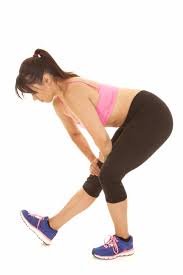
- Stand with your spine in a neutral position.
- Then place your right leg in front of you. Bend your left knee slightly.
- Gently lean forward while placing your hands on your bent right leg.
- Be sure to keep your back straight to avoid hunching over your leg.
- Hold this stretch for 10 seconds and work up to 30 seconds.
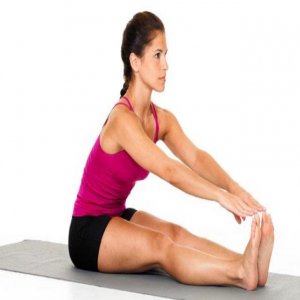
4 ) SIMPLE HAMSTRING STRETCHING :
Sit on the floor with both legs out straight.
Extend your arms and reach forward by bending at the waist as far as possible while keeping your knees straight.
Hold this position for 15 to 30 seconds.
Relax back into the starting position.
Repeat three times.
3) THE TOWEL HAMSTRING STRETCHING :
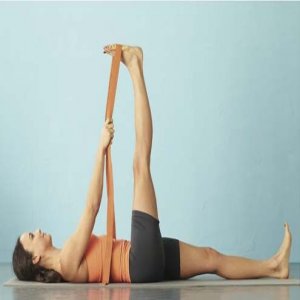
Lie on the floor on your back.
Loop a long bath towel around your toes and hold the ends of the towel in both hands.
Slowly pull on the towel to lift your straight leg up.
Be sure to keep your knee straight.
The leg without the towel should remain flat on the ground.
Bring your leg up until a stretch is felt behind your thigh.
You may also feel a stretch in your calf. This is normal.
Hold for 15 to 30 seconds, and then relax.
Repeat three to five times on
Surgical Treatment in Hamstring Muscle Tightness :
Surgery is most often performed for tendon avulsion injuries, where the tendon has pulled completely away from the bone. Tears from the pelvis (proximal tendon avulsions) are more common than tears from the shinbone (distal tendon avulsions).
Surgery may also be needed to repair a complete tear within the muscle.
Procedure: To repair a tendon avulsion, your surgeon must pull the hamstring muscle back into place and remove any scar tissue. Then the tendon is reattached to the bone using large stitches or staples.
A complete tear within the muscle is sewn back together using stitches.
Rehabilitation: After surgery, you will need to keep weight off of your leg to protect the repair. In addition to using crutches, you may need a brace that keeps your hamstring in a relaxed position. How long you will need these aids will depend on the type of injury you have.
Your physiotherapy treatment program will start with gentle stretches to improve flexibility and range of motion. Strengthening exercises will gradually be added to your plan.
Rehabilitation for a proximal hamstring reattachment typically takes at least 6 months, due to the severity of the injury. Distal hamstring reattachment requires approximately 3 months of rehabilitation before returning to athletic activities. Your doctor will tell you when it is safe to return to sports.
Prevention
Not all Hamstring muscle tightness can be prevented. You may be in a higher-risk group, like an older adult or an adolescent, or experience a sudden impact that causes injury. That said, regular stretching and strengthening exercises may help you lower your risk of your hamstring becoming tight. Ask your doctor or coach to suggest specific exercises that may work best for your particular activity.
Following are some general tips for prevention:
- Warm up before working out or playing sports, and cool down afterward.
- EXERCISE REGULARLY to maintain your cardiovascular and muscular fitness. Doing so will help you prevent injuries related to fatigue.
- Spend time stretching and strengthening muscles in your weekly exercise routine. Doing so will help prevent muscular imbalances that may cause injury.
- Take days off or have easy days between particularly hard physical sessions to give your body adequate rest.
- Try adding speed work to your routine to prepare hamstring muscles for the types of forces that may lead to injury.
Ways to Stretch Your Hamstrings With Yoga :
The hamstrings are the four muscles that run along the back side of your thigh, connecting your pelvis to your knee. Many people have tight hamstrings due to repetitive movements or poor posture.
specific some yoga poses to improve your body posture and reduce the tightness of the hamstring muscles.
PRASARITA PADOTTANASANA :
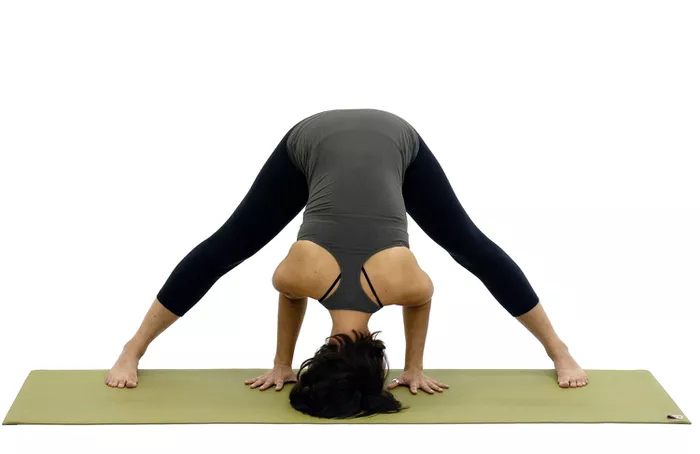
standing forward fold is to take your legs out wide. A common mistake in this pose is to take the legs too far apart in an effort to get your head closer to the floor.
Keeping the legs at about a 90-degree angle allows for a good hamstring stretch and is a safer position for the hip joints. It’s generally easier to get your hands to the floor in this position, but you can still use blocks if necessary.
TRIANGLE POSE – TRIKONASANA:
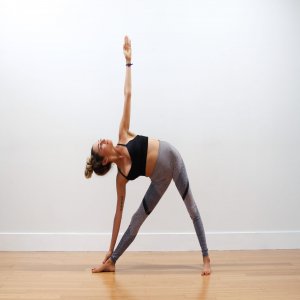
As in the pyramid pose (above), make sure not to lock your knees in a triangle. You can rest your hand on your ankle, shin, the floor, or a block. Pick the one that allows you to really open your chest to the ceiling.
Do note that in comparison to a pyramid, the legs are further apart toward the front and back of the mat but closer toward the mid-position. This works here because the hips are stacked on top of one another rather than squared to the floor.

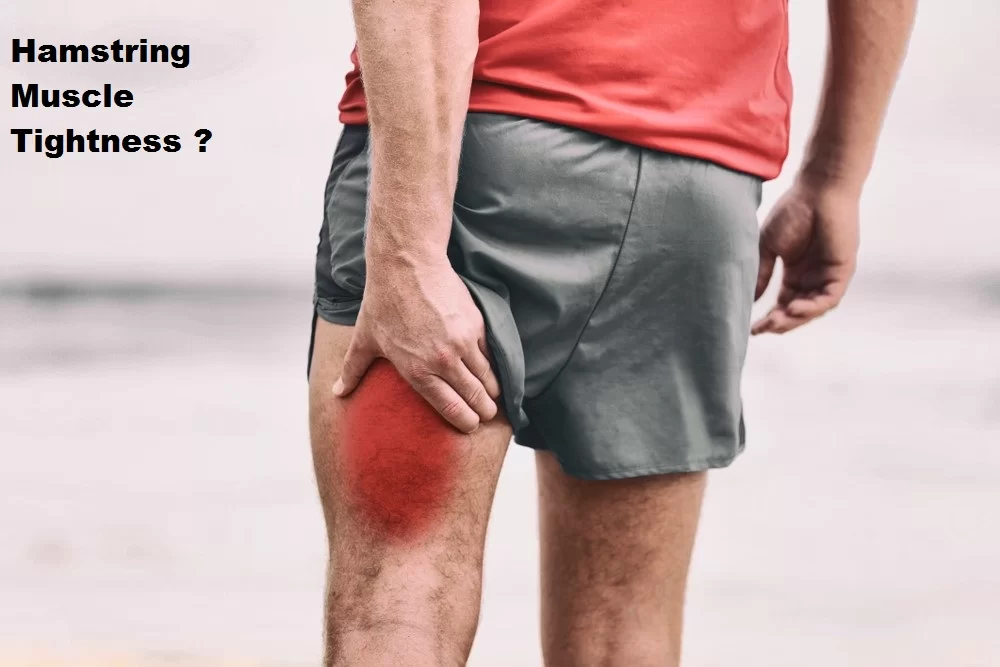
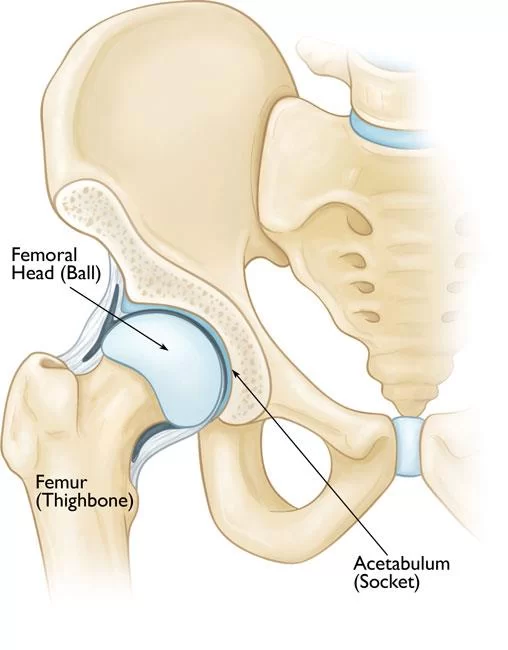
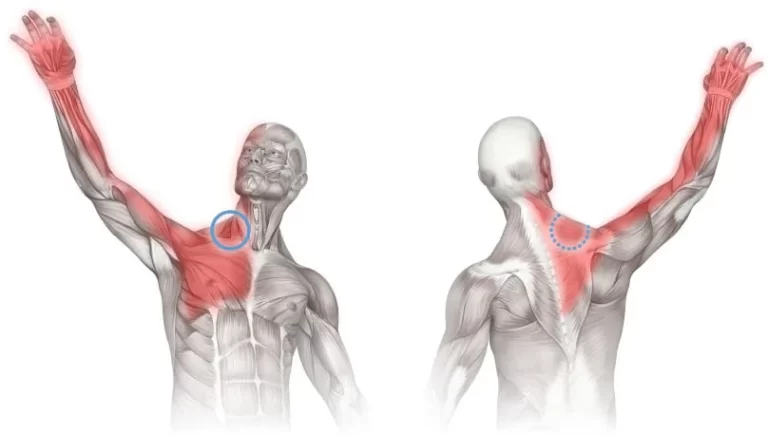
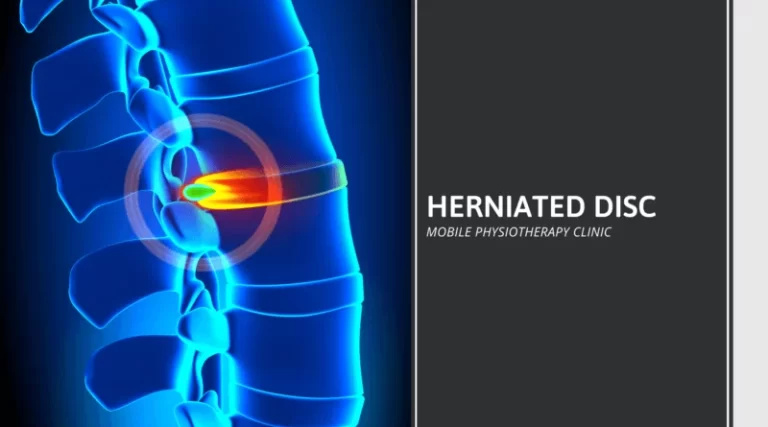

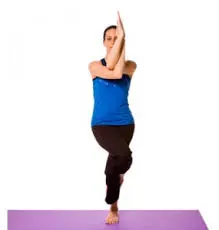

17 Comments